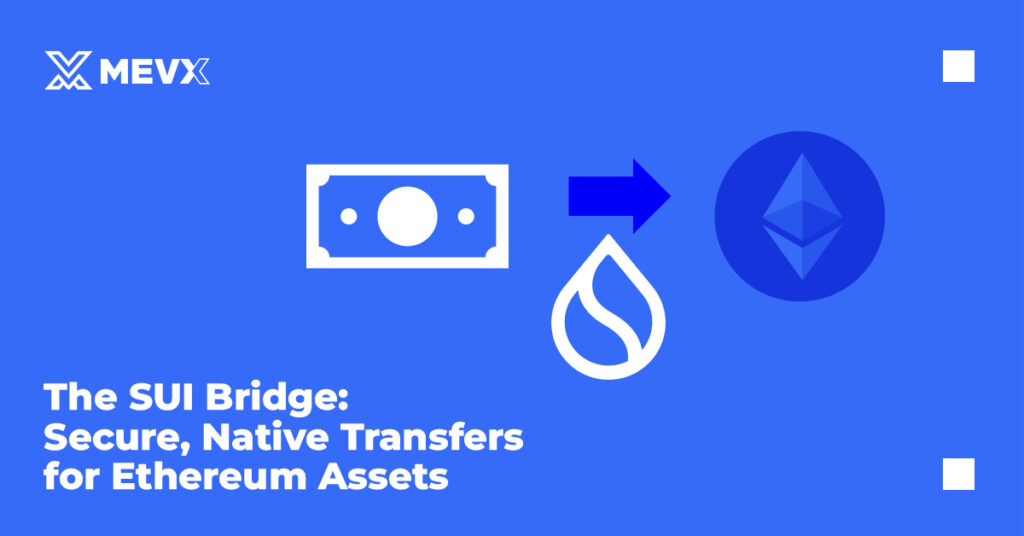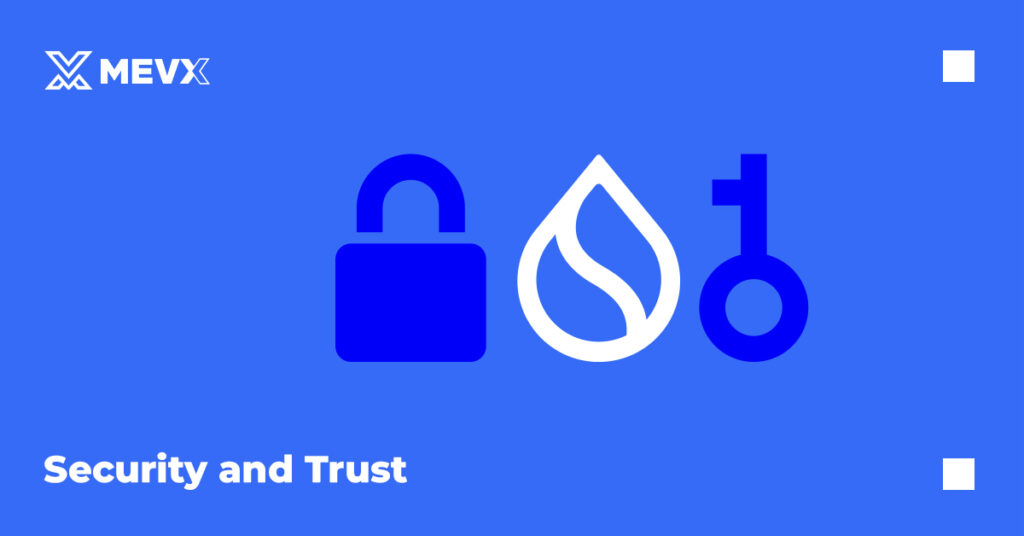The crypto ecosystem in 2025 is all about connections. Consumers won’t hang around on one chain—the movement between Solana, Ethereum, Base, Avalanche, and other chains is standard, even day-to-day. As the globe is becoming ever more fluid, the long-term value of a network is tied to its capacity to play nicely with other networks. It is here that Sui’s Cross-Chain Future comes into focus.

Sui, through object-centric design and high throughput, is not going out of its way to isolate itself. It’s, however, laying the ground for seamless interactions between the chain. Whether you’re sending assets, visiting dApps, or building DeFi primitives, Sui is going out of its way to ensure processes are carried out securely and efficiently.
Why Cross-Chain Matters in 2025
In today’s DeFi and NFT economy, liquidity isn’t locked to one chain. Traders shift capital between ecosystems constantly. Builders want apps that span multiple networks. And users expect to bring their wallets and assets with them wherever they go.
Sui’s Cross-Chain Future is about meeting those expectations. It’s about letting users tap into opportunities on Sui—without giving up what they’ve already built or earned elsewhere.
To make that happen, Sui has developed two key mechanisms:
- The native SUI Bridge (focused on Ethereum compatibility)
- Wormhole Connect (for everything beyond Ethereum)
The SUI Bridge: Secure, Native Transfers for Ethereum Assets

The SUI Bridge is Sui’s validator-governed solution for bridging Ethereum-based tokens like ETH, USDC, WETH, and WBTC.
Here’s why it matters:
- Decentralized control: No multisig, no centralized custodian—validators vote to approve transfers.
- Epoch-based limits: Daily transfer caps protect liquidity and prevent large-scale exploits.
- Stable pricing: Transaction fees use a reference model that avoids sudden spikes during busy periods.
As Sui’s Cross-Chain Future evolves, this bridge is the backbone for connecting with Ethereum’s vast liquidity and user base.
Wormhole: Expanding Beyond Ethereum
While the SUI Bridge handles Ethereum-native assets, Wormhole Connect is what brings the rest of the ecosystem to Sui.
Solana. Avalanche. BNB Chain. Sei. Arbitrum. You name it—Wormhole supports over 20 chains, and Sui is now fully integrated.
Here’s what Wormhole brings to Sui’s Cross-Chain Future:
- In-dApp bridging: Users can bridge into Sui without leaving the interface.
- Automatic SUI top-up: Wormhole drops SUI into the user’s wallet for gas after bridging.
- Interoperable liquidity: Protocols can attract users and capital from multiple chains seamlessly.
This makes Sui far more accessible to the broader Web3 user base—and it does it with minimal friction.
Real Use Cases: Solana, Ethereum, and More
Let’s say you hold ETH on Ethereum, SOL on Solana, and USDC on Base. Here’s how Sui’s Cross-Chain Future plays out:
- You use the SUI Bridge to move ETH directly into Sui to participate in a DeFi launch.
- You use Wormhole to bring USDC from Base into a stablecoin pool on Sui.
- You mint an NFT on Sui, then use Wormhole to list it on a cross-chain marketplace.
Everything works without centralized intermediaries, and the tools behind it—SUI Bridge and Wormhole—are transparent and user-friendly.
This isn’t just theory. It’s the practical foundation for how chains will interoperate in the years ahead—and Sui is building it now.
Why It Matters for Developers
Sui’s Cross-Chain Future is a massive unlock for builders. With bridge infrastructure in place, developers can:
- Build dApps that accept bridged assets by default
- Offer single-click onboarding from other chains
- Launch multi-chain strategies with minimal custom work
For example, a DEX on Sui can let users deposit bridged USDC from Ethereum, Solana, or Base—and treat them all as native liquidity.
Smart contract developers can also rely on stable reference prices and validator-level security, instead of third-party oracles and unknown multisigs.
Security and Trust: The Elephant in the Room

Bridges are historically risky. Billions have been lost to exploits across chains. But Sui’s Cross-Chain Future addresses this head-on:
- SUI Bridge uses validator voting to secure transfers. No single point of failure.
- Wormhole is backed by a guardian network used by leading protocols, with real-time monitoring and open-source tooling.
- Both solutions are fully documented, and token addresses are transparent and verifiable.
For users and developers alike, this lowers the risk profile of interacting with cross-chain assets.
What Comes Next for Sui’s Cross-Chain Expansion
Sui’s Cross-Chain Future is still evolving, but the vision is clear: a world where users don’t need to think twice about what chain they’re on.
Here’s what we’ll likely see over the coming months:
- More stablecoins arriving via Wormhole and native partnerships
- NFT platforms that use Wormhole to bring in buyers from Solana
- DeFi protocols that support multiple wrapped token versions and track origin chains
- Simplified UX where bridging is built into the transaction flow—not a separate step
The goal is to make cross-chain interactions feel invisible. And Sui is getting closer to that with each release.
Closing Thoughts
Interoperability isn’t optional anymore. In a multi-chain world, it’s the baseline. Sui’s Cross-Chain Future is being built with that in mind—secure bridges, developer-ready tools, and user flows that don’t get in the way.
With the SUI Bridge connecting Ethereum and Wormhole linking the rest, Sui is not just talking about interoperability—it’s delivering it.
As 2025 unfolds, Sui is positioning itself as more than just a fast Layer 1. It’s aiming to become a cross-chain hub where assets, apps, and users from every network can converge.
Share on Social Media:
